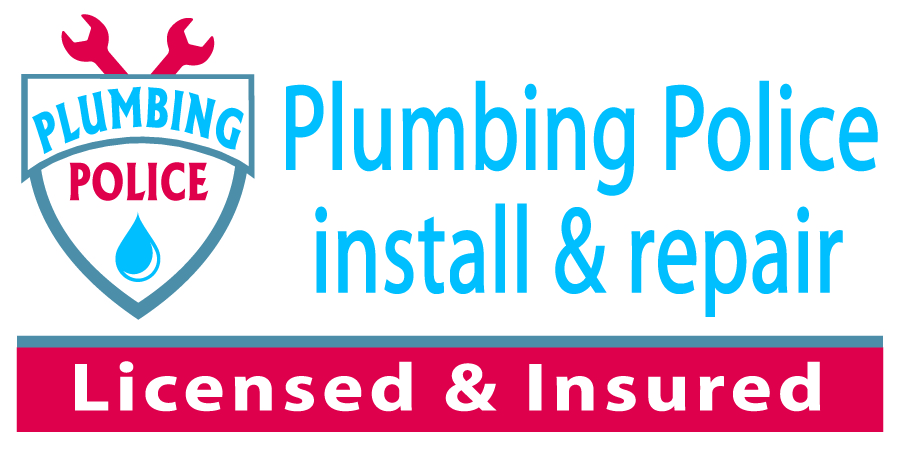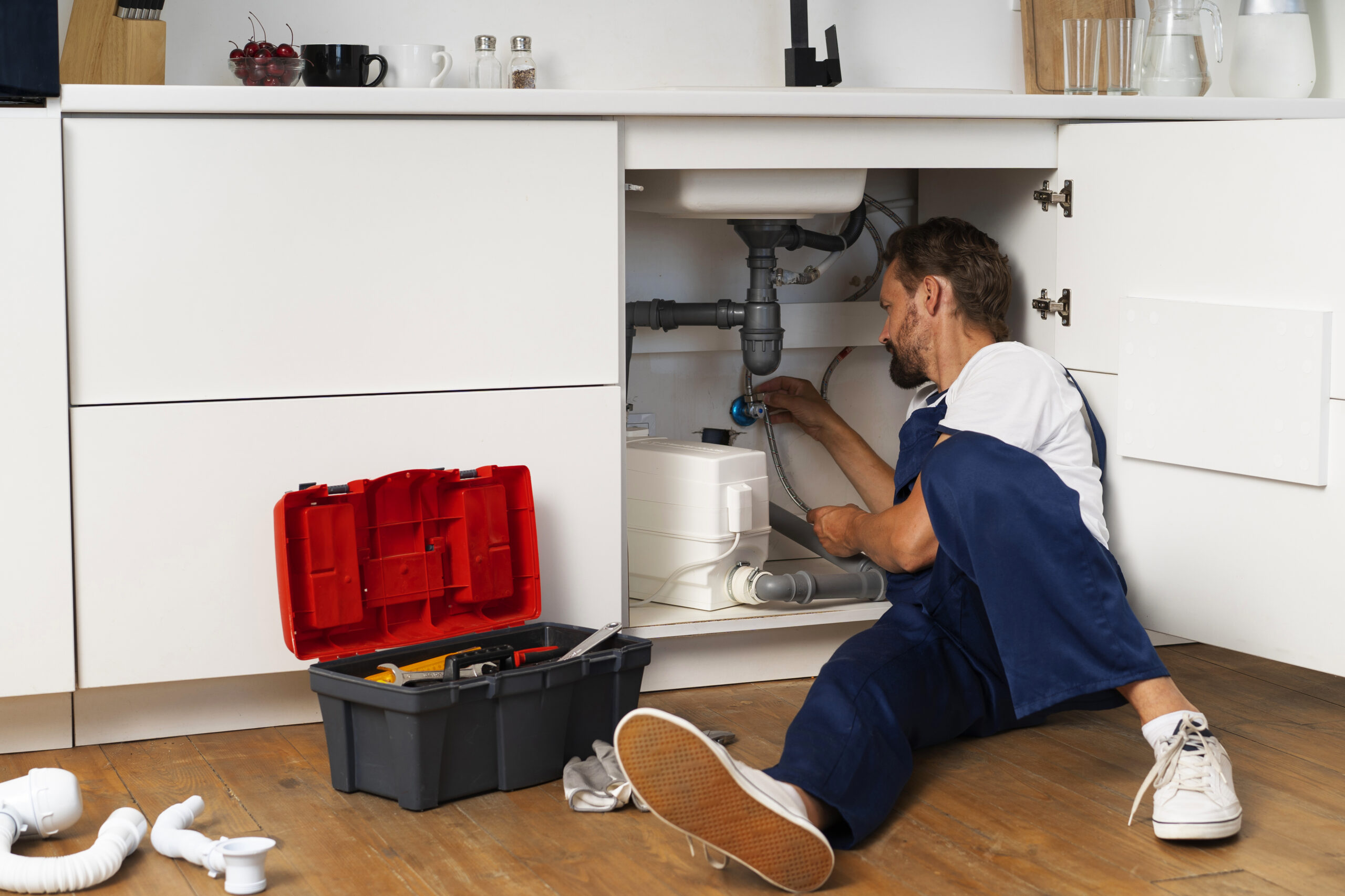Pipe relining is a method used to repair damaged or aging pipes without the need for extensive excavation. It involves inserting a new liner into the existing pipe to restore its functionality and extend its lifespan. Here’s a more detailed look at the process and its benefits:
How Pipe Relining Works
-
- Inspection: A camera is inserted into the pipe to assess the condition and identify any damage or blockages. This step ensures that the relining process addresses all existing issues.
- Cleaning: The pipe is thoroughly cleaned to remove debris, scale, and any other obstructions. This step is crucial for ensuring that the new liner adheres properly to the inner walls of the pipe.
- Liner Preparation: A flexible, resin-saturated liner is prepared. This liner is usually made from materials like fiberglass or epoxy.
- Liner Insertion: The prepared liner is inserted into the existing pipe using a method called “inversion,” where the liner is turned inside out as it is pushed into place, or “pulled into place” if it’s a more rigid material.
- Curing: Once the liner is in place, it’s cured to harden it and bond it to the interior of the existing pipe. This curing process can involve heat or UV light, depending on the type of resin used.
- Final Inspection: After curing, another camera inspection is conducted to ensure that the liner has been correctly installed and that the pipe is now fully restored.
Benefits of Pipe Relining
- Minimal Excavation: One of the biggest advantages of pipe relining is that it requires minimal digging. This reduces disruption to landscaping, driveways, and other surface areas.
- Cost-Effective: Although pipe relining can be initially more expensive than traditional pipe repair methods, it can be more cost-effective in the long run due to the reduced need for excavation and surface repairs.
- Long-Lasting Results: The new liner is typically durable and resistant to corrosion, root intrusion, and future damage, offering a long-lasting solution.
- Quick Installation: The process is generally faster than traditional methods, which means less downtime and inconvenience.
- Improved Flow Efficiency: The new liner provides a smooth interior surface, which can improve the flow efficiency of the pipe and reduce the risk of blockages.
- Environmentally Friendly: Since the process involves minimal digging and uses fewer resources than traditional methods, it can be a more environmentally friendly option.
- Restoration of Pipe Integrity: Pipe relining restores the structural integrity of the old pipe, providing a new, seamless lining that effectively seals any leaks or cracks.
Pipe relining is a modern and efficient method for repairing pipes, especially in scenarios where traditional methods would be disruptive or costly. It’s particularly useful for repairing pipes in hard-to-reach areas and for extending the lifespan of aging infrastructure.


